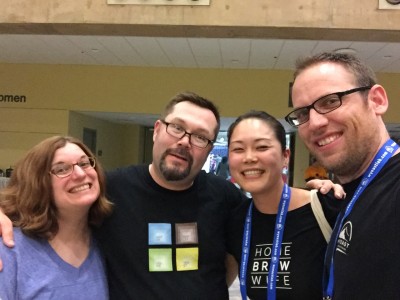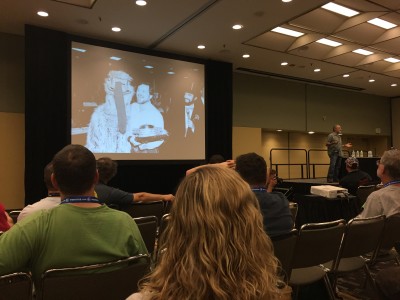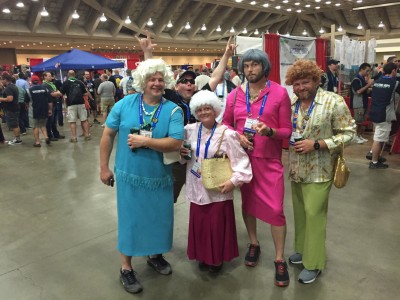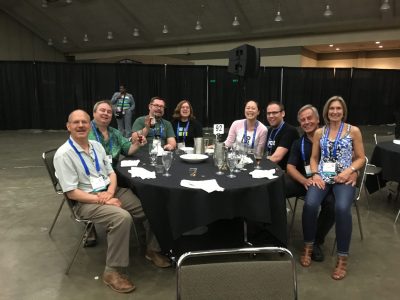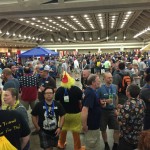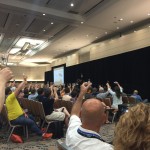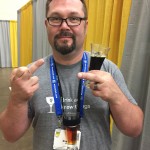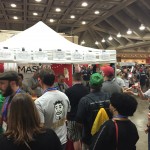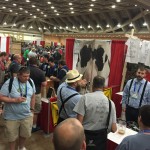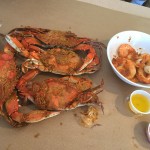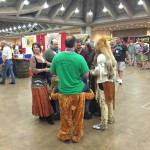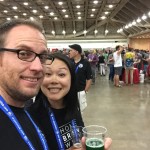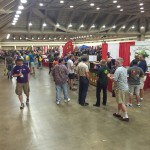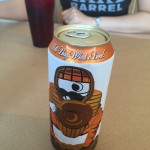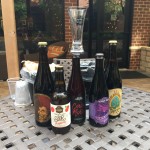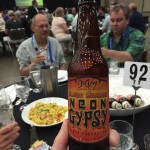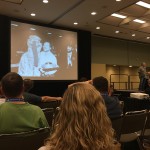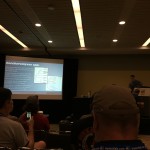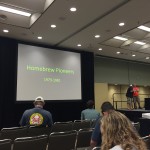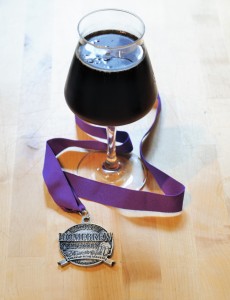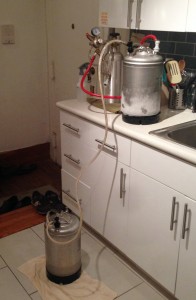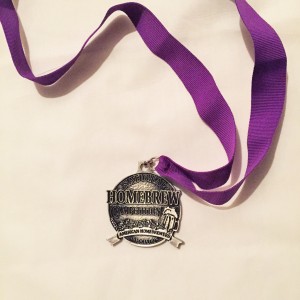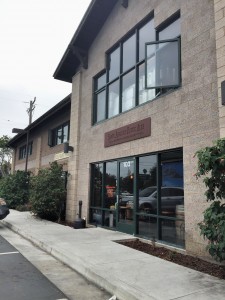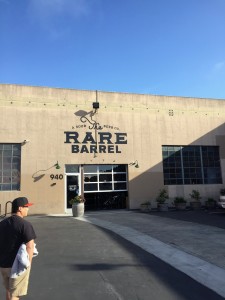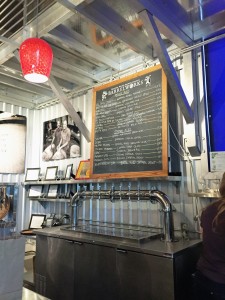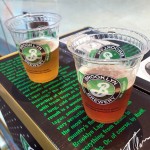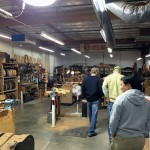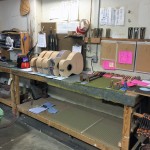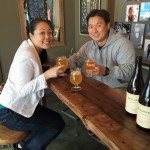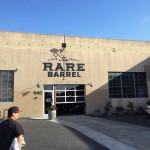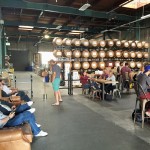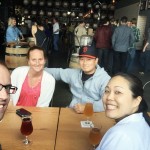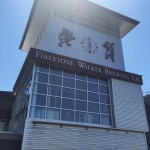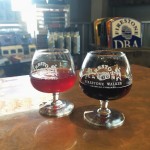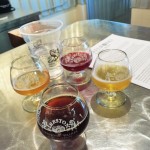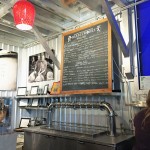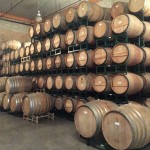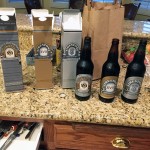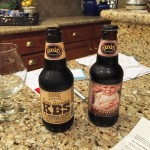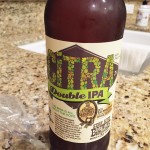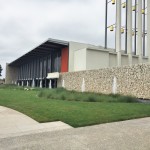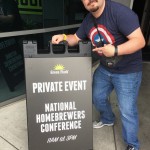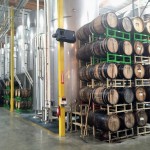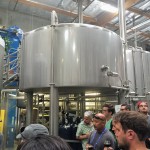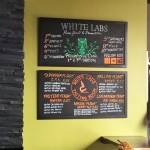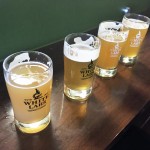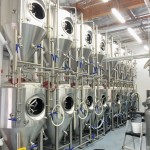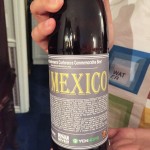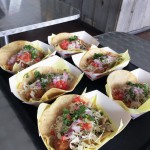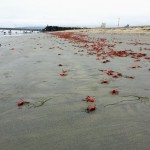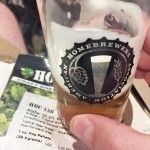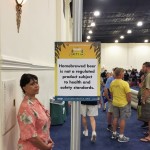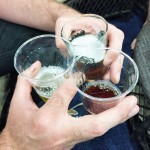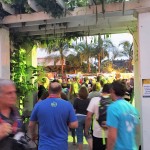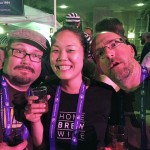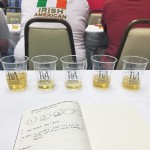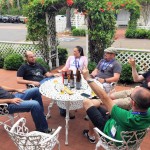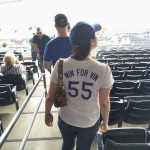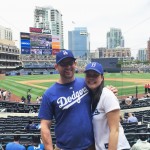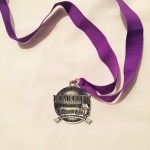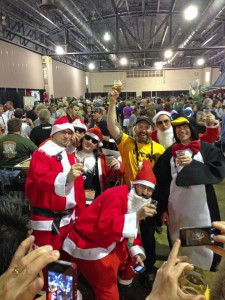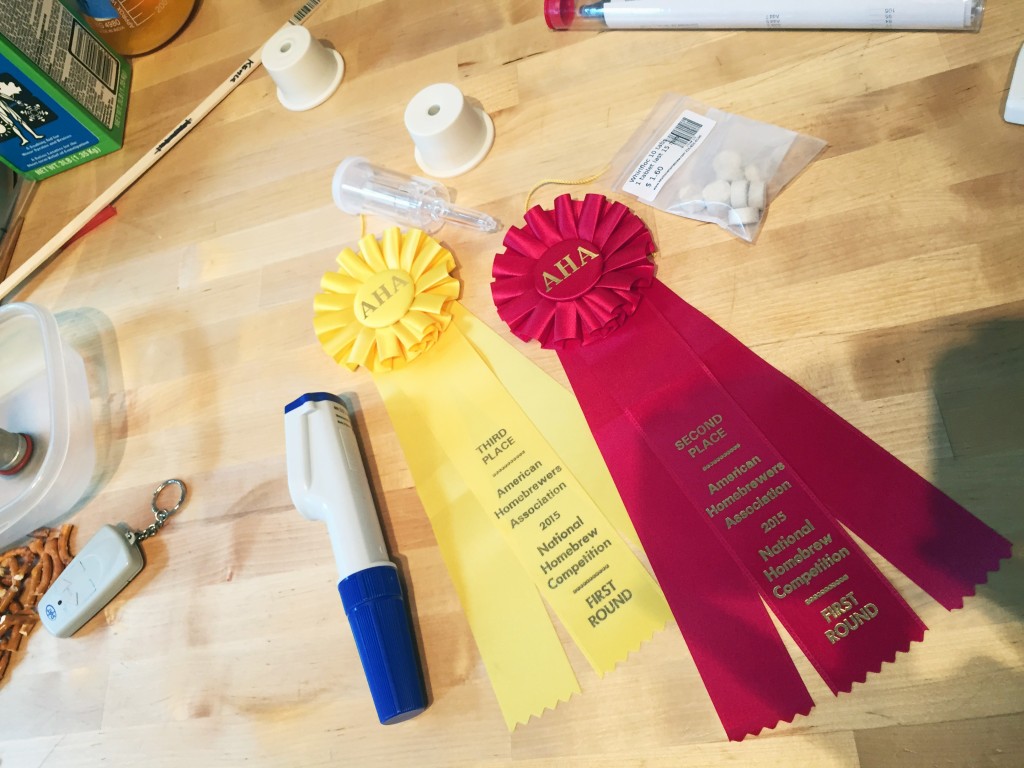It seems like only yesterday I was a doe-eyed, neophyte homebrewer enamored by the spectacle of the National Homebrewers Conference, my first being Bellevue in 2012. Four years, hundreds of batches, and four conferences later (I missed Grand Rapids in 2014), I’m only slightly less doe-eyed, but equally as enamored with what is undoubtedly the marquee event of the homebrew calendar.
For those unfamiliar, Homebrew Con is the annual conference hosted by the American Homebrewers Association. Every June, the conference lands in a different city for three days, bringing along with it over two thousand fanatic homebrewers ready to learn more about the hobby they love and to hang out with the community of people that makes the hobby so great. Conference days are generally spent in a variety of seminars, whereas social events keep you busy at night. In between, plenty of informal drinking happens via an abundantly stocked hospitality suite located in the middle of an exceptional trade show displaying the wares and gadgetry from different vendors around the country.
The Seminars
The seminars at Homebrew Con form the backbone of programming for the overall conference. In terms of content, the AHA seems to strive to address a broad spectrum of interests and levels of complexity, from beginner discussions about simple brewing techniques to highly technical overviews of contemporary research into brewing. At times, it was necessary to make difficult decisions about which seminars to attend; luckily, the AHA posts video recordings of all the seminars on their website.
Several seminars stood out for me this year:
Homebrew Bloggers Roundtable – The folks behind Brulosophy, Five Blades Brewing, Ales of the Riverwards, and A Ph.D in Beer gave a great talk about some of the issues surrounding some of the (bigger) homebrew blogs out there. Certainly inspired me to write more!
How and What to Brew With S. eubayanus – A tremendously interesting talk (and tasting) by Jared Spider about a fairly recently discovered species of yeast called S. eubayanus. Modern genetic sequencing has led us to believe that lager yeast (S. pastorianus) is actually a hybrid S. eubayanus and S. cerevisiae. There are tremendous implications in terms of what this means for the possibilities of creating new hybridized yeast without the need for genetic modification.
How to Fail at Starting a Brewery – Nicole Carrier from Throwback Brewery gave an amazingly insightful presentation on what it takes (beyond just good beer) to create a successful brewery. The need to differentiate beyond simply making great beer was driven home, as were her thoughts on creating a personal connection with customers and making them become strong advocates for your brand.
Unlocking the Genetic Code of Brewing Strains – Chris White teased the audience by previewing some of the scholarly research White Labs is conducting utilizing DNA sequencing of yeast. He let it slip that, genetically speaking, White Lab 001 and Wyeast 1056 are not the same strain of yeast—pretty cool stuff!
Pro Night (AKA Craft Beer Kickoff Party)
Pro Night kicks off the social event schedule with the pouring of beer from dozens of local breweries (along with a few non-locals, like Lagunitas and New Belgium). In general, this year’s beers were a bit…boring. With exception of a few, most beers fell firmly in the ‘okay’ to ‘good’ range with a number being flawed and dipping below the mediocre line. There were many breweries listed on the conference website that appeared to have cancelled, leaving a noticeable population of empty booths on the tasting floor. The lineup was lacking in terms of star power—with the exception of Adroit Theory Brewing Company whose line was the longest of the night, but whose beers, to my palate, were a bit overspiced. Hands down however, Kleinevriend, a dry-hopped, slightly sour, saison from Neshaminy Creek Brewing Company, was an easy favorite and highlight of the night.
Club Night
Without a doubt, the best night of the conference. Dozens of homebrew clubs bring their best beers to pour for their homebrew peers. The costumes, booths, and beer coalesce into a convivial and exuberant celebration of beer brewing. Club Night this year was outstanding. The quality of beers was great—I’d argue that they were better than the beers poured the night before at Pro Night. It was a bit of a blurry night, but I managed to scribble down my favorites as the night progressed. In no particular order:
- Gueuze – NYC Homebrewers Guild
- Czech Lager – Keystone
- Red IPA – Lancaster County Brewers
- Dark Mild – MASH
- Cherry Pie Beer – Annihilated
- Consecration Clone – South Shore Brew Club
Awards Banquet
The best part of the awards banquet are the friends you make in line and around your dinner table. This year was no different. We had a great time hanging out with brewers from around the country while enjoying some good beers, passable food, and watching the best homebrewers in the country step up to claim their medals from the second round of the National Homebrew Competition. This year I had a Cream Ale and Marzen in the competition, but didn’t manage to snag a medal. Maybe next year!
The Conference In Photos
- Club Night
- Club Night
- Opening Toast
- This dude doesn’t appear to be amused.
- Club Night
- Club Night
- Homebrew Exhibition
- When in Baltimore, you got to eat some blue crabs!
- Club Night
- Voting for the best label.
- On the Exhibition Floor
- Lunch break at the Pratt Street Ale House.
- Club Night
- Enjoying the American Lager that Baltimore birthed.
- Of course, not all of the events around Homebrew Con are officially sanctioned. We managed to sneak in a little extracurricular sour beer tasting between seminars and evening social events.
- Neon Gypsy, provided by DuClaw, at the Grand Banquet.
- Charlie Papazian gave us a high-paced photographic tour through the last 30 years of homebrewing.
- Charlie Papazian’s slideshow about homebrew history.
- Charlie Papazian’s slideshow about homebrew history.
Next year, Homebrew Con travels back to Minneapolis, MN. Hope to see you there!

